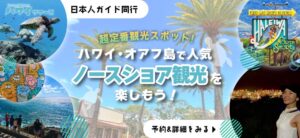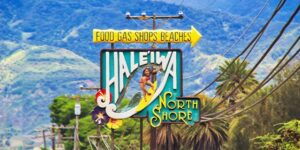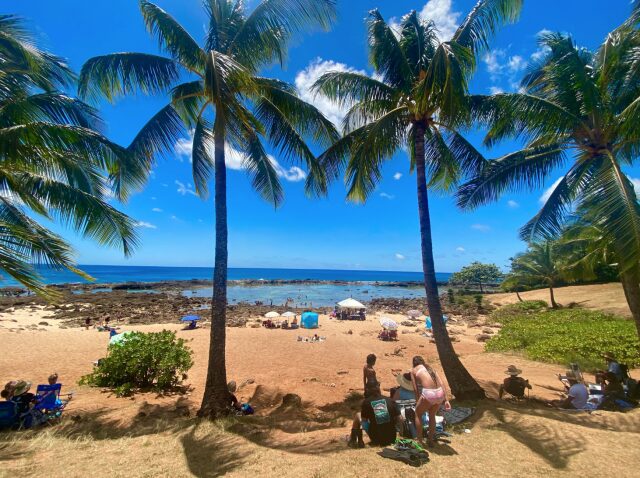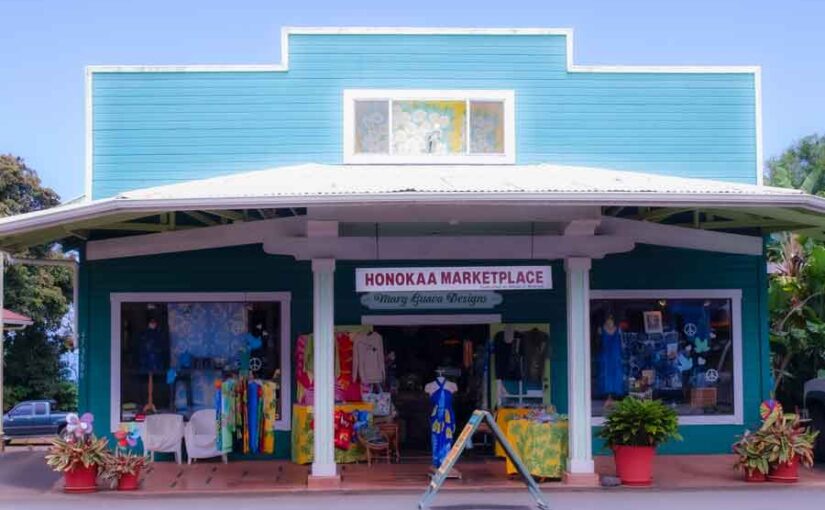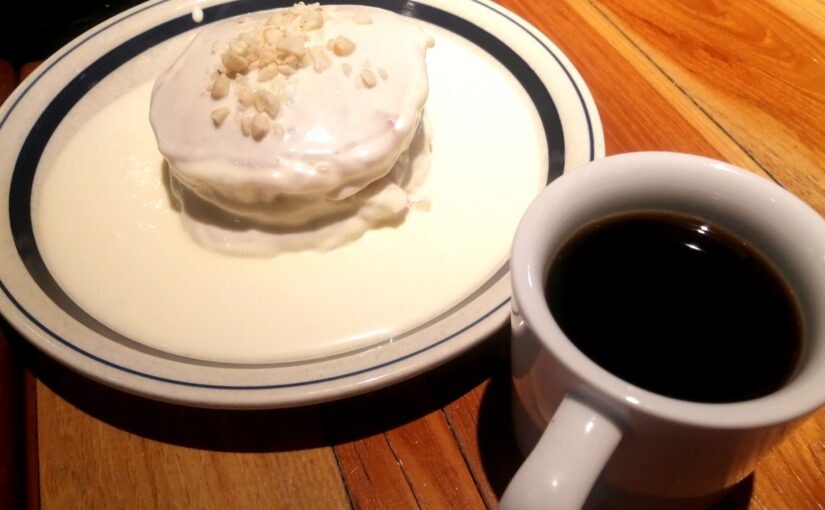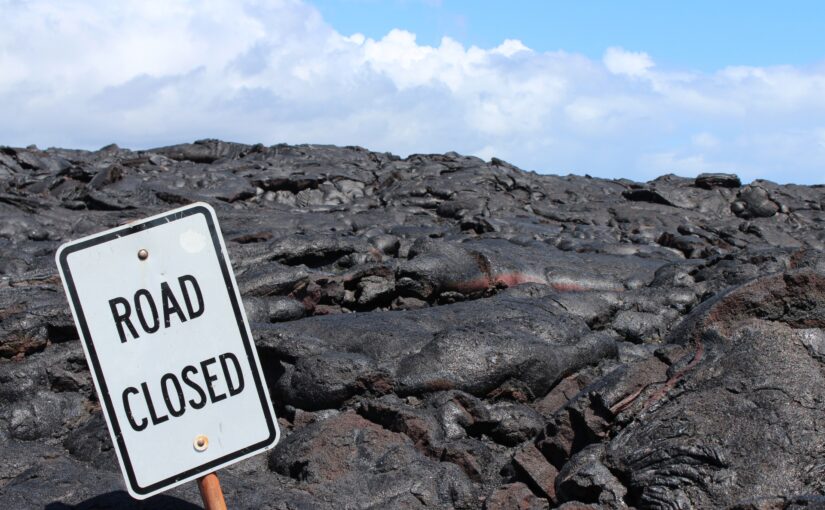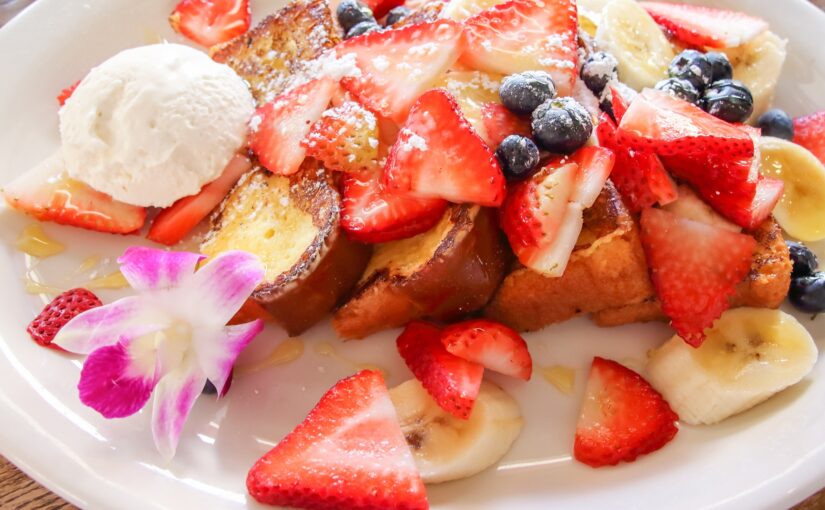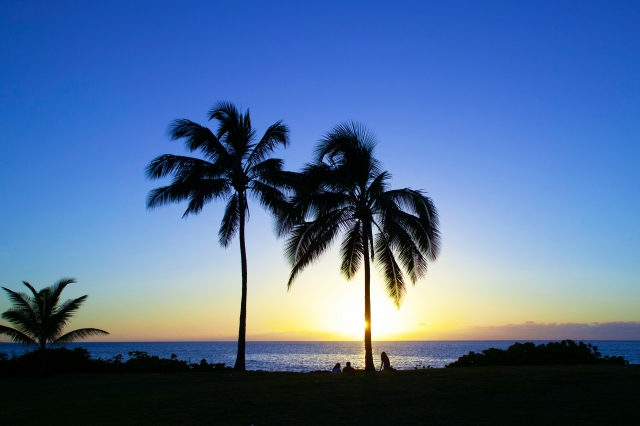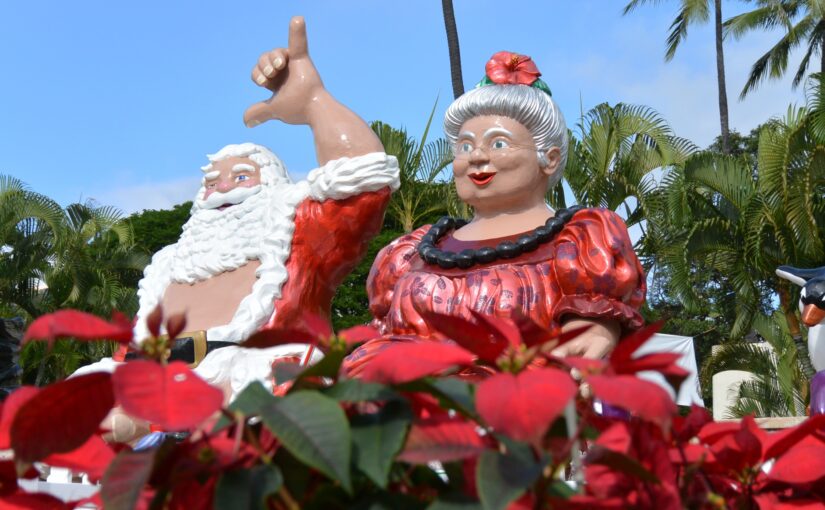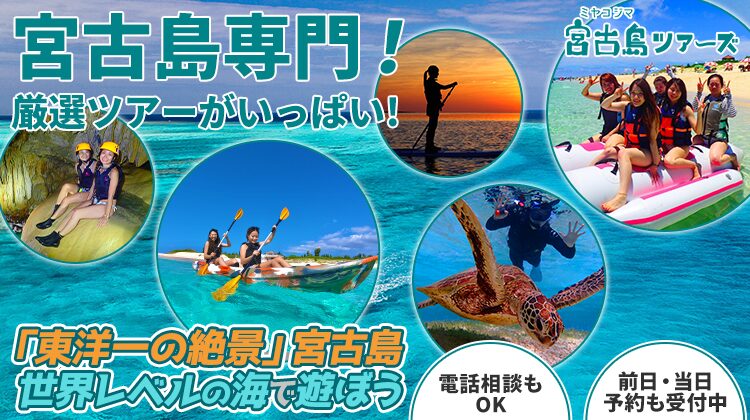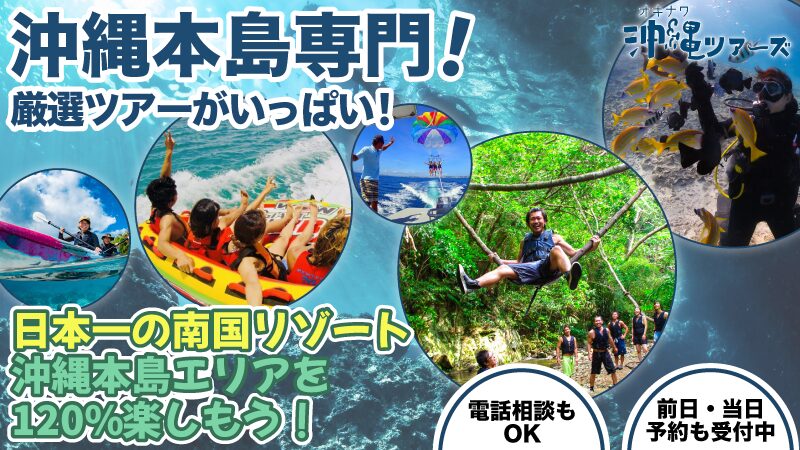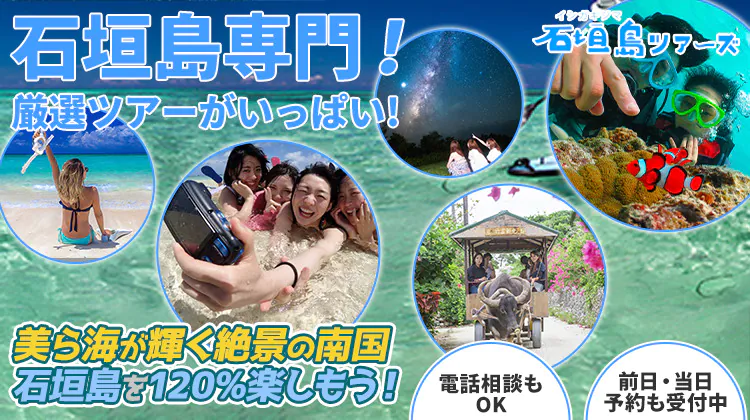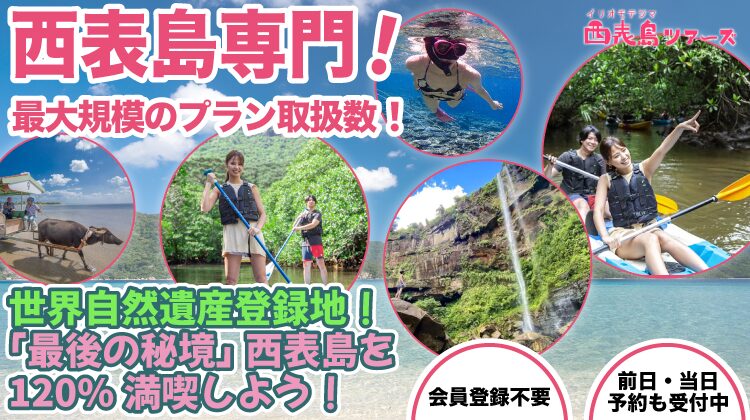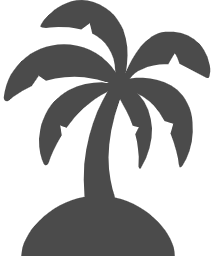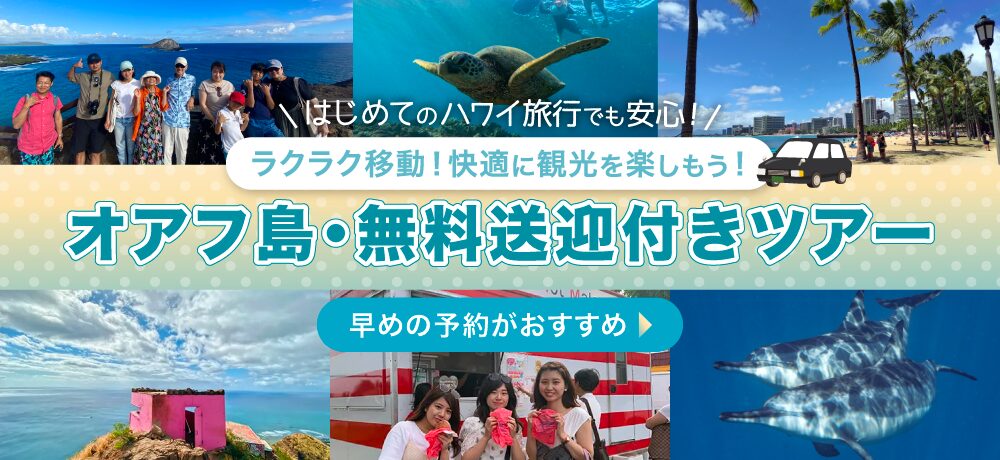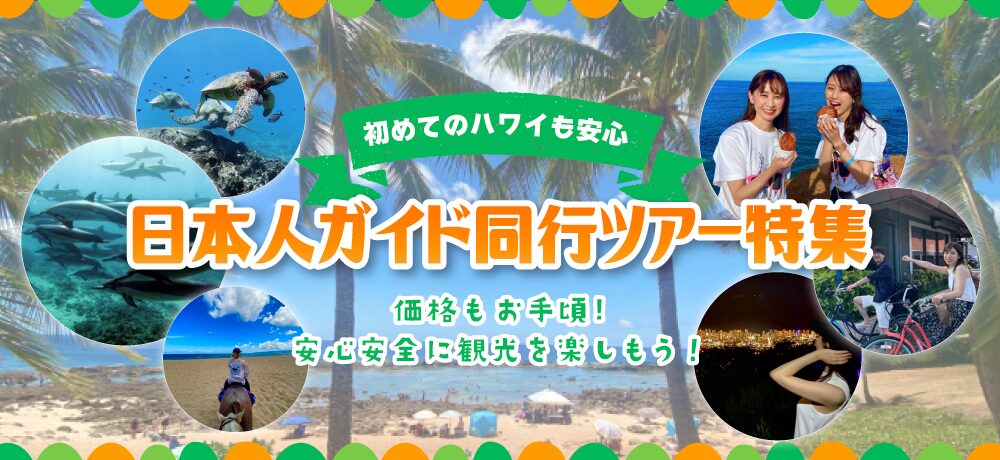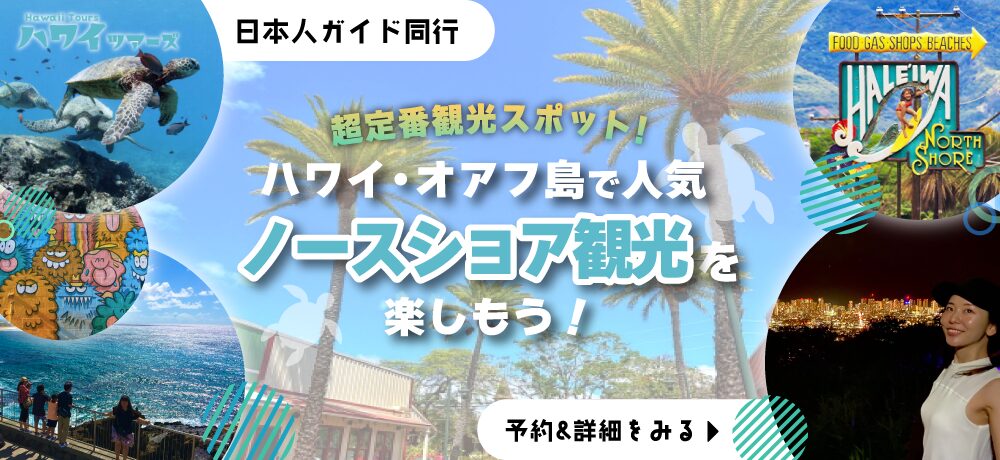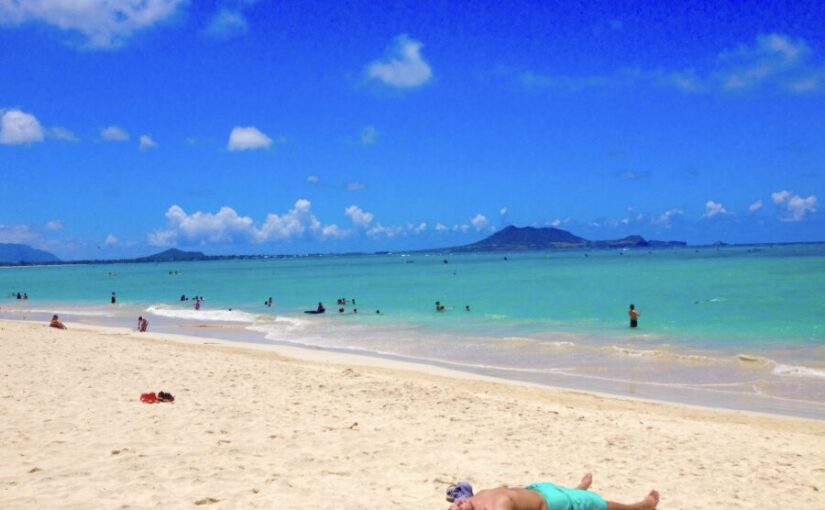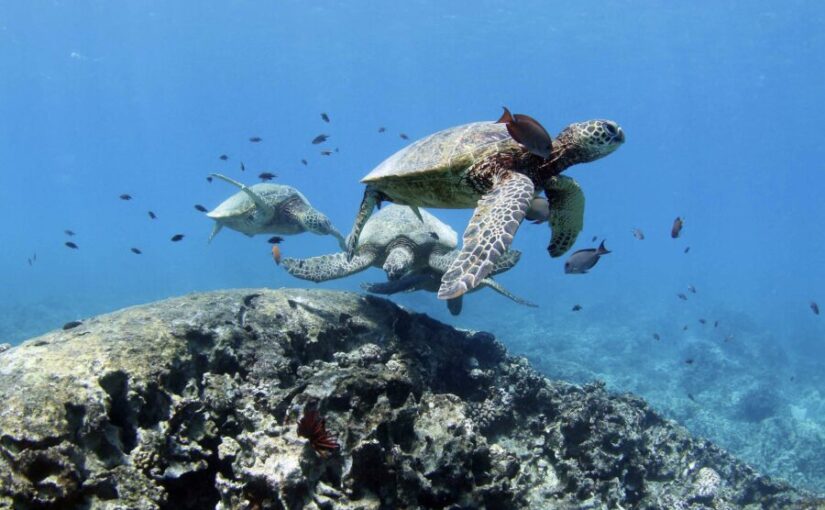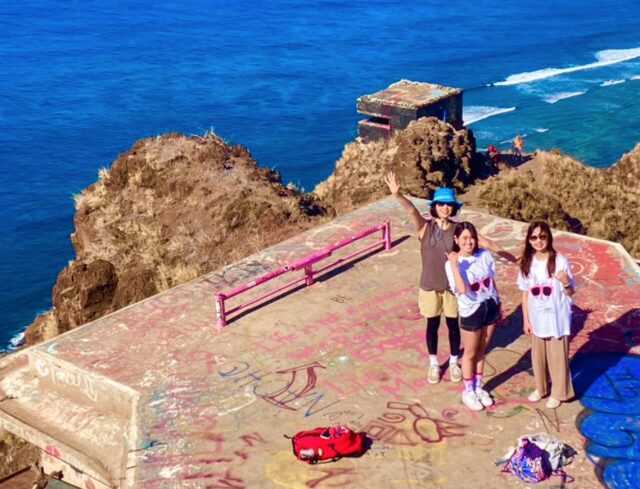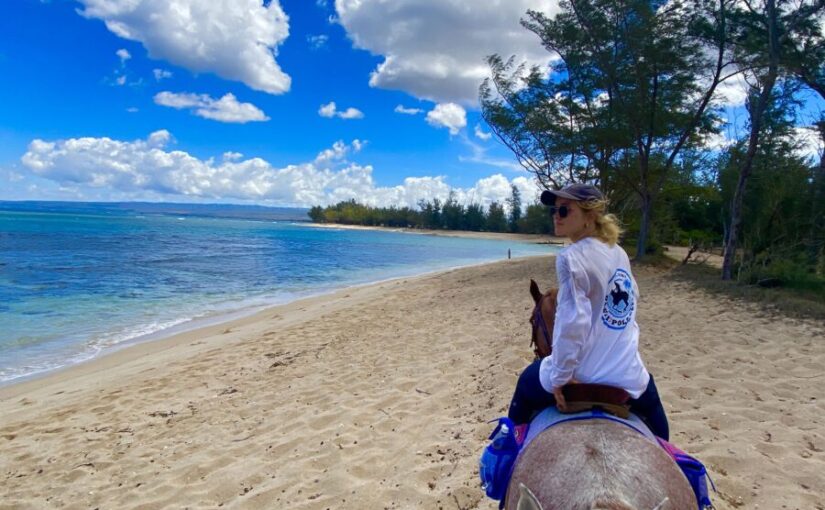What is Puuhonua o Honaunau National Historical Park, called the place of escape on the Big Island of Hawaii?
Table of Contents
- 1 Known as the Big Island Hawaii Island
- 2 What is the Big Island of Hawaii like?
- 3 How to get to Hawaii Island
- 4 Attractions of the Big Island of Hawaii
- 5 Called the Land of Escape What is Puuhonua o Honaunau National Historical Park like?
- 6 Why it is called the land of escape
- 7 thing to note
- 8 Hours of operation, admission fee, parking lot
- 9 Access
- 10 Hawaii Island has many places to learn about history
Popular Historical Spots
- 10.1 King Kamehameha the Great Statue
- 10.2 The King Kamehameha Statue at Kapaau was the first to be built and the second to be installed after Honolulu. The first statue, made in Paris, France, for Kapaau, was lost while being transported by ship to Honolulu and sank in the ocean with the ship. A second statue of King Kamehameha arrived first and was installed in Honolulu. Later, the Kapaau statue was raised and installed in 1912, so the order of creation and erection were not in the same order. On the other hand, the statue of King Kamehameha in Hilo was created to promote the town. The statue was originally owned by the Prince Corporation of Kauai, and there were plans to erect it on Kauai. However, Kauai was not conquered by King Kamehameha I, so the statue was built in Hilo. If you can, compare the three statues of King Kamehameha I in the state of Hawaii. If you can, compare the three statues of King Kamehameha the Great in Hawaii. It is said that the right hand symbolizes prosperity and the left hand symbolizes peace. The only statue of King Kamehameha the Great in Hilo has a Western look on its face. Access ・Kamehameha the Great Statue in Kapaau From Kona International Airport, take Hawaii Belt Road to the northern tip of the island. It is located in Kapaau, a town along the belt road, and takes about one hour by car. Statue of King Kamehameha the Great in Hilo Address】 Kamehameha Statue Hilo HI 96720 United States Located on Bishop Street off Kamehameha Avenue. Liliuokalani Park
- 10.3 About the History During the Hawaiian Kingdom, it was a fish farm for royalty, but after it became a U.S. territory, it was provided by Liliuokalani, the last queen of Hawaii, and became a park. The Japanese Garden was established because of the large number of Japanese American laborers who worked on sugar plantation farms on Hawaii Island at that time. The highlight of the island is this Japanese garden. Liliuokalani Park is the largest Japanese garden outside of Japan, and is a very Japanese garden with a red drum bridge, torii gate, stone lanterns, pavilions, garden stones, tea house, and pine and azalea trees. The teahouse "Matsunamian" was donated by the 15th Iemoto of the Urasenke School, and tea ceremony classes are still held there. The stone lantern was donated by Japan in 1968 to commemorate the 100th anniversary of the first Japanese immigrants to Hawaii Island. The Japanese Garden, thus creating a uniquely Japanese landscape, was one of the "Landmarks of America" series of postage stamps in 2017. Access 189 Lihiwai St #151 Hilo HI 96720 Located in Hilo City, on Lihiwai Street from Kamehameha Avenue to the ocean, next to Nani Loa Golf Course. Waipio Valley
- 10.4 About the History The Waipio Valley has always been rich in water and fertile land, which led to the growth of taro fields and a variety of fruits and vegetables. The proximity to the ocean and the abundance of fish and other seafood led to a community centered on royalty. The main attraction of Waipio Valley is its dynamic nature. There is an observatory in the valley, where you can enjoy the valley from various angles. The observation deck is located along the ocean, so you can see not only the valley but also the ocean of Hawaii. The twin waterfalls at the end of the valley, Hilawe Falls and Hakalave Falls, which have a height difference of 400 meters, are also sacred sites. Waipio Valley tours include horseback riding tours where you can explore the valley on horseback. This is a tour that is hard to experience in Japan, so please consider it. Access [Address] 48-5561A Waipio Valley Rd Honokaa HI 96727 If you are coming from the Lua-Kona area of Kona International Airport, take State Route 190 (Hawaii Belt Road) to Waimea, then turn onto Route 19 and continue on to Route 240 at Honokaa. It takes about 2 hours. Recommended Tours We recommend the following three tours to experience the history and culture of the Big Island of Hawaii. Hawaii Island Spiritual Tours
- 10.5 Mauna Kea with a Certified Kilauea National Park Guide World Heritage Site Kilauea & Full Day Sightseeing & Mauna Kea Stargazing
- 10.6 Waipio Valley Horseback Riding Tour
- 11 summary
Known as the Big Island.
Hawaii (island)
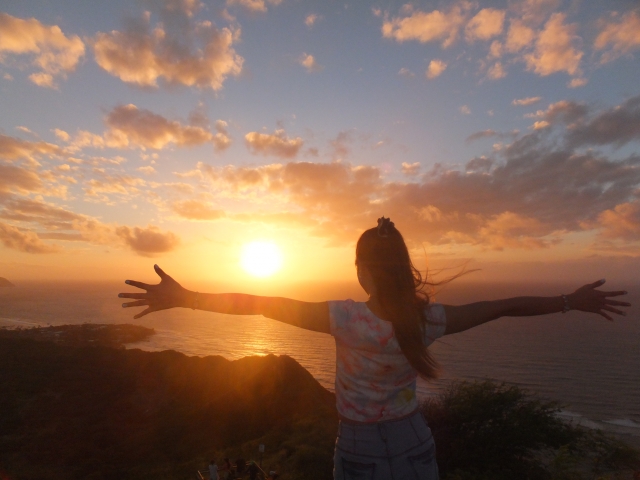
The Big Island of Hawaii is known as the Big Island.
The reason for this is that the island is so large that even if you add up the area of all the islands in the Hawaiian archipelago except Hawaii Island, Hawaii Island is larger.
The Big Island of Hawaii is not only big, but also has many different attractions.
This article introduces the island of Hawaii.
What is the Big Island of Hawaii like?
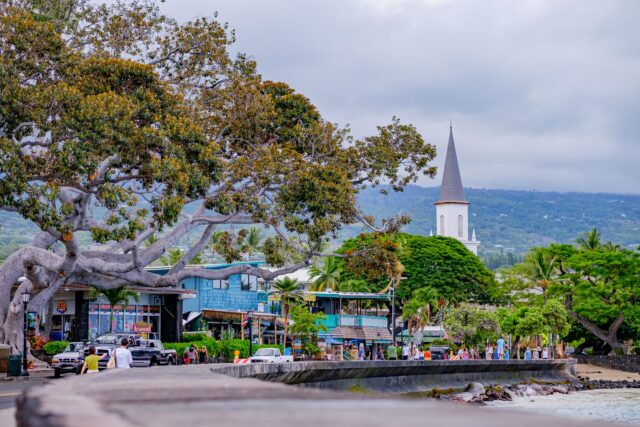
Hawaii Island is one of the Hawaiian Islands with an area of 10430 square kilometers and a population of about 190,000.
The island is the result of the fusion of five volcanoes, one of which, Mauna Kea, rises 4205 meters, higher than Mt.
Some volcanoes, like Kilauea, are active.
The natural environment, including volcanoes, has nurtured the unique landscape, history, and culture of Hawaii Island.
How to get to Hawaii Island
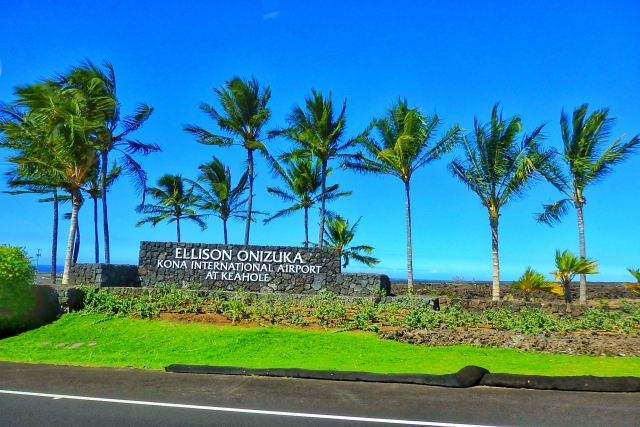
Kona International Airport on the Big Island of Hawaii has direct flights from Haneda Airport.
This direct flight is because there are only a few flights and they only fly from Haneda. Many tourists visiting the Big Island of Hawaii fly through Honolulu Airport on Oahu.
Japanese airports with flights to Honolulu Airport are Haneda, Narita, Shin-Chitose, Chubu, Kansai, and Fukuoka.
Most flights depart Japan in the evening or night, pass through the date line, and arrive in Hawaii the same morning.
Attractions of the Big Island of Hawaii
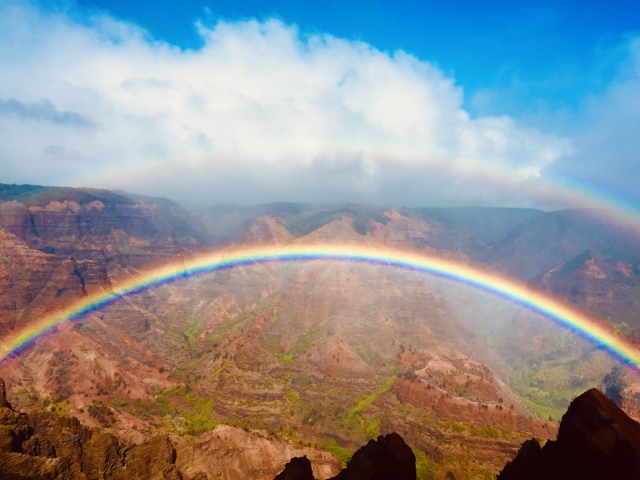
The charm of the Big Island of Hawaii lies in its fascinating wilderness and island history.
Of the many Hawaiian Islands, the Big Island of Hawaii is rich in history and culture.
Here is a closer look at the attractions of the Big Island of Hawaii.
Spectacular, untouched wilderness
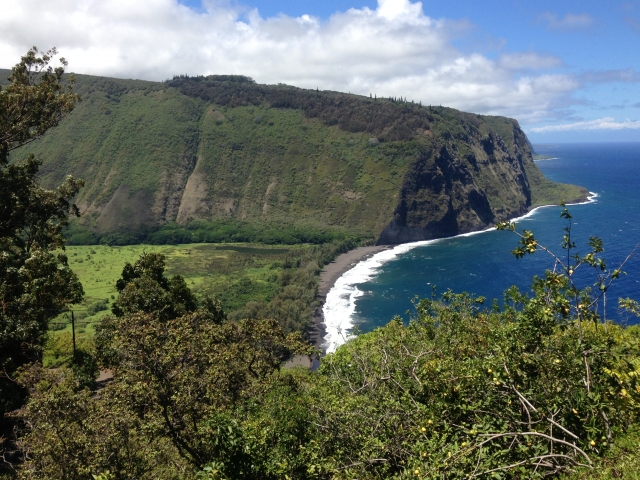
The five volcanoes on the Big Island of Hawaii have created a variety of natural landscapes, including valleys, grasslands, and beaches, as well as volcanoes, due to their origins and eruptions.
All of them are sure to impress visitors to the Big Island of Hawaii.
A powerful volcano
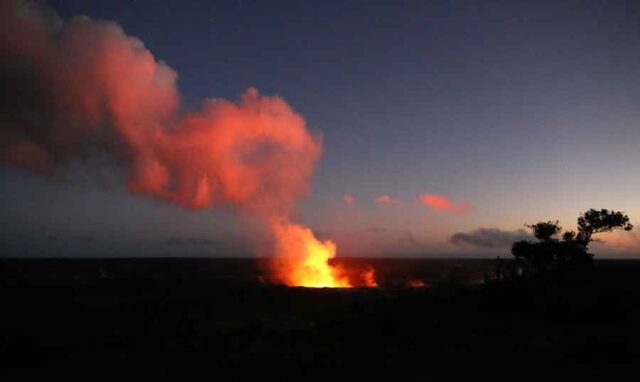
Kilauea Volcano is still active and erupts frequently.
There was another eruption as recently as December 2020.
Of course, safety is the first priority in moving around, but there are also tours that allow visitors to see the lava flow firsthand.
Join us for a close-up look at volcanic activity and feel the living pulse of the earth.
Beautiful Beaches
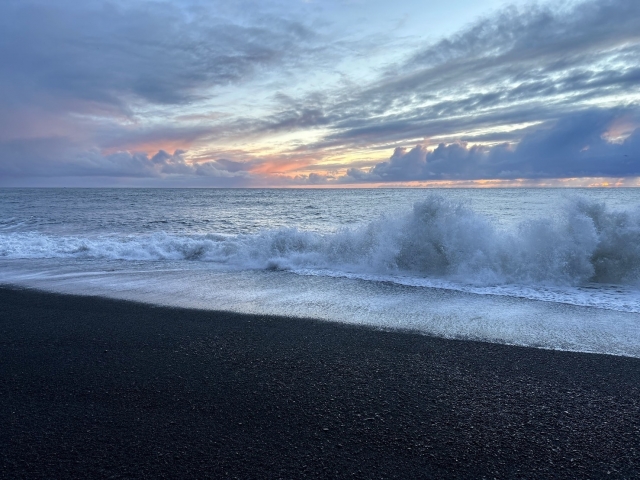
Hawaii is all about beaches, but the beaches of the Big Island of Hawaii are more than just a contrast of white sand and blue ocean.
There are also beaches unique to the island, such as Black Sand Beach, which has black sand due to volcanic activity, and Greenside Beach, which has olivine deposits.
All beaches are impressive and beautiful, even if they are not white sand beaches.
Shopping and dining are also recommended.
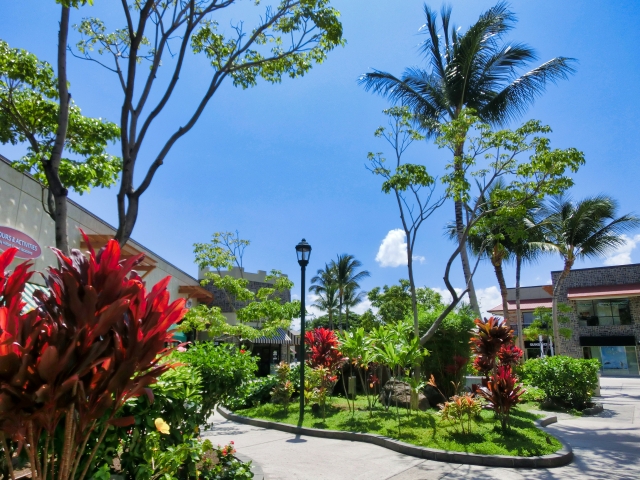
The Big Island of Hawaii offers a variety of shopping destinations.
From large shopping malls such as Queen's Market Place and Prince Kuhio Plaza to market-like supermarkets where locals stop by every morning, these spots are all full of Hawaiian character.
For souvenirs to Japan, not only do you have to buy them at the big souvenir shops, but you may also find bargains at local supermarkets.
In addition, the Hilo area on the Big Island of Hawaii is home to many immigrants from Japan and other countries, making it a town where you can enjoy a variety of cuisines from many different countries.
Enjoy Japanese cuisine as well as local Hawaiian and international cuisine.
Let's learn about culture and history.
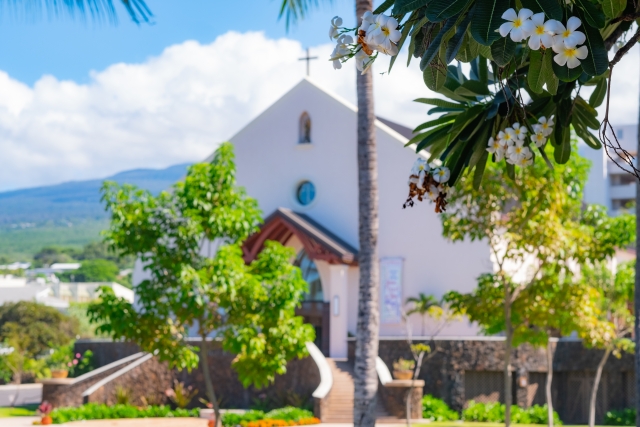
There are many historical spots throughout the Big Island of Hawaii.
They can be found in natural areas such as Waipio Valley, which has become a tourist attraction, or in cities such as Hilo and Kona.
By learning about the history and culture of the Big Island of Hawaii, you will surely fall in love with this island even more.
It's called the land of escape.
What is Puuhonua o Honaunau National Historical Park like?
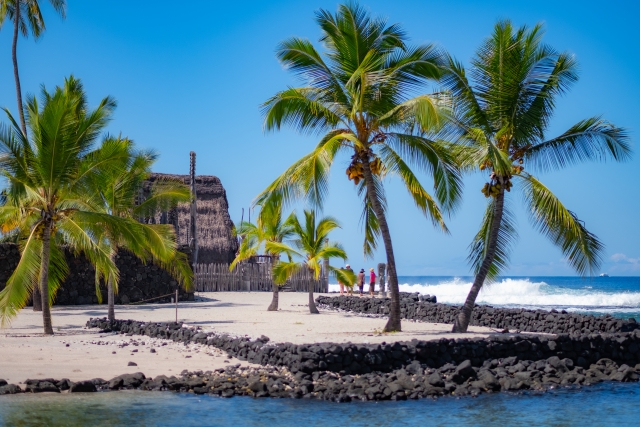
The name "National Historical Park" may be unfamiliar, but in the United States, places that include national historic sites are designated as National Historical Parks.
As of 2015, 50 sites in the country are National Historical Parks.
The State of Hawaii designates the site as a National Historic Site because it served as a place of refuge for those who broke the traditional Hawaiian kapu (taboo) and were allowed to escape to Puuhonua o Honaunau National Historical Park.
Why it is called the land of escape
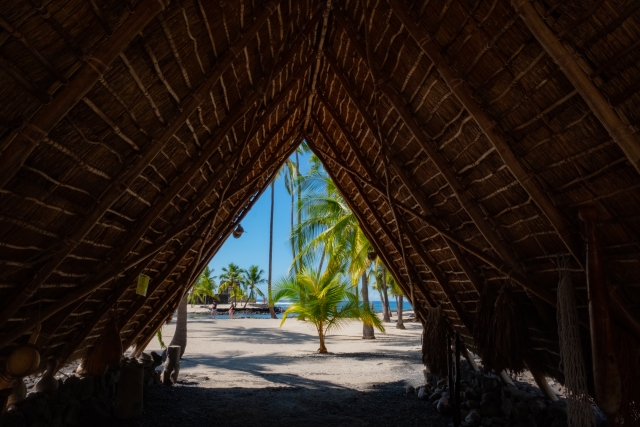
Puuhonua" in Puuhonua o Honaunau means "place of escape" or "sanctuary" in Hawaiian.
The kapu system (code) existed in ancient Hawaii.
The word "kapu" is a Hawaiianized form of the English word tabu.
Kap" is a set of rules that must not be broken concerning food, clothing, shelter, and other aspects of life in general, and are detailed according to rank, occupation, and gender.
At that time, it was so severe that breaking a kapu was said to bring disaster, so Hawaiian rulers created a "place of escape" where people were allowed to escape if they broke it.
That is "puuhonua.
At Puuhonua, they have been forgiven for their sins by undergoing a ritual from a priest called a kahuna.
This system lasted for about 300 years from the 16th century, but was abolished by King Kamehameha II Liholiho in 1819.
At that time, Liholiho deliberately broke the kapu, which states that men and women should not sit down to eat together, to demonstrate that no calamity would occur.
The only way to break the invisible superstition was to actually do it.
thing to note
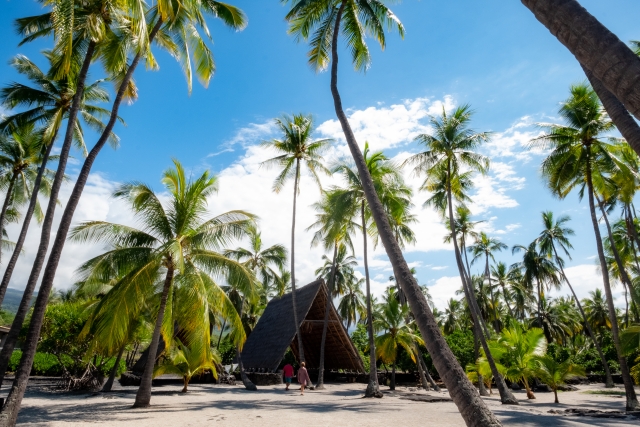
Here are some of the highlights of this "Puuhonua o Honaunau National Historical Park".
Power spot for purification
On the east coast of Oahu, there is a power spot called Makapu'u Healing Pool.
The location is very close to Cape Makapuu and Pele's Chair.
In ancient Hawaii, the energy of the negative ions flowing in these pools (tide pools) is said to have healed people with illnesses and problems.
In ancient Hawaii, it was decided what kind of things could be healed in which spots.
Today, you can see people quietly tucked away, looking for their comfortable spots.
Learn about history and culture.
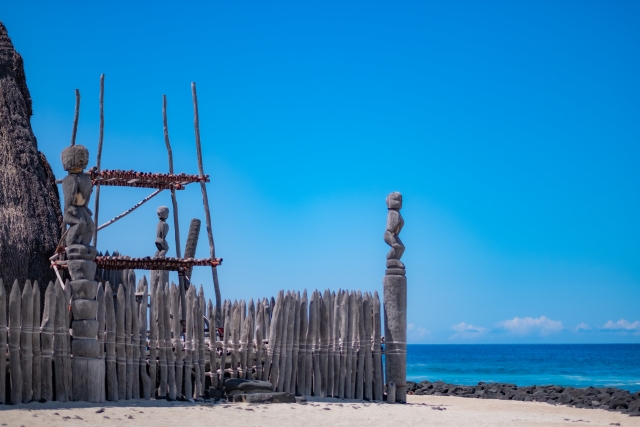
Since the arrival of people from Polynesia in the 1500s, history has been built up and a culture has developed in Hawaii.
Surrounded by the sea, the Hawaiian Islands continued to have unique island values and were unified by King Kamehameha the Great in 1790.
In the 19th century, people from the U.S. began to arrive and values changed dramatically, but more than 300 years of Hawaiian culture is still firmly rooted in the islands today.
tiki (var. of ice plant)
A tiki is a carved wooden statue made of wood or stone that is unique to Hawaii.
It seems to come from the Maori language of New Zealand.
In ancient Polynesian times, Hawaiians worshipped tiki as idols and venerated them in their homes and other places.
Tiki has four great gods: Ku, the god of war; Carne, the god of the forest; Kanaloa, the god of the sea; and Lono, the god of agriculture.
Once banned during the reign of King Kamehameha II in the early 19th century, tiki is now seen in souvenir shops as a symbol of the Hawaiian gods.
Overlooking the beautiful ocean
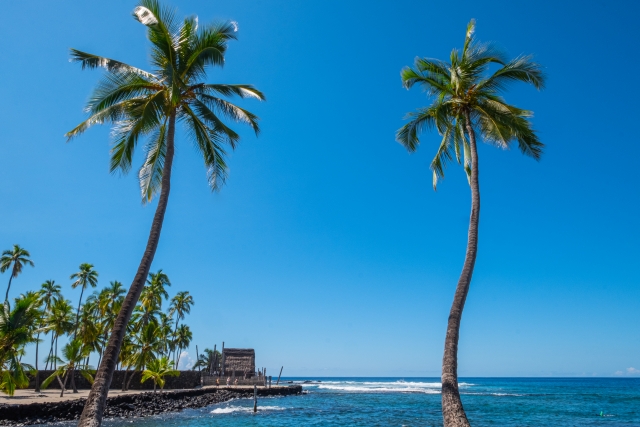
The ocean in front of Puuhonua o Honaunau National Historical Park is not open for swimming, but is famous for its clear, clean waters.
Honaunau Bay, right next door, is a famous snorkeling spot, so if you want to go swimming, this is the place to go.
Hours of operation, admission fee, parking lot
Hours: 7:00 am - 15 minutes before sunset (8:30 am - 4:30 pm for the Visitor Center)
Entrance fee: $3 per person (children under 15 years old are free). Visitors by car: $5 per car regardless of the number of passengers (exceptions apply, e.g., sightseeing buses).
Parking] Paid parking is available.
Access
Address] Puuhonua O Honaunau National Historical Park Honaunau Hawaii
Phone number] 808-328-2288 or 808-328-2326
Located on the west side of the Big Island of Hawaii, it is just off State Route 160 (Keala Keaue Road) at Honaunau, after leaving Kona International Airport and heading south on Hawaii State Route 11 (Hawaii Belt Road), which continues from Hawaii State Route 19.
It takes approximately one hour from the airport.
There are many places on the Big Island of Hawaii where you can learn about its history.
Popular Historical Spots
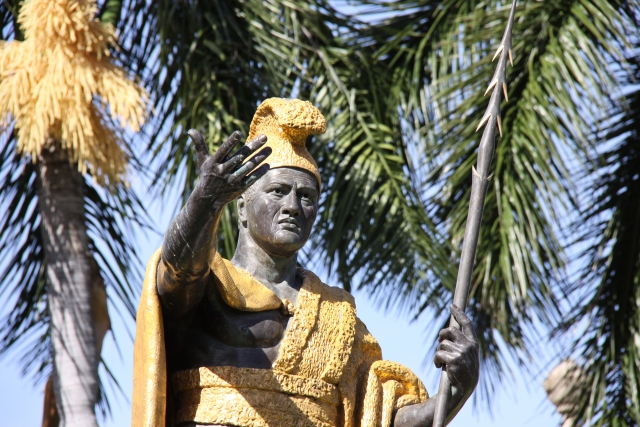
On the Big Island of Hawaii, there are many places to learn about the history of the island, both in the city and at tourist spots.
Here are three typical historical spots.
King Kamehameha the Great Statue
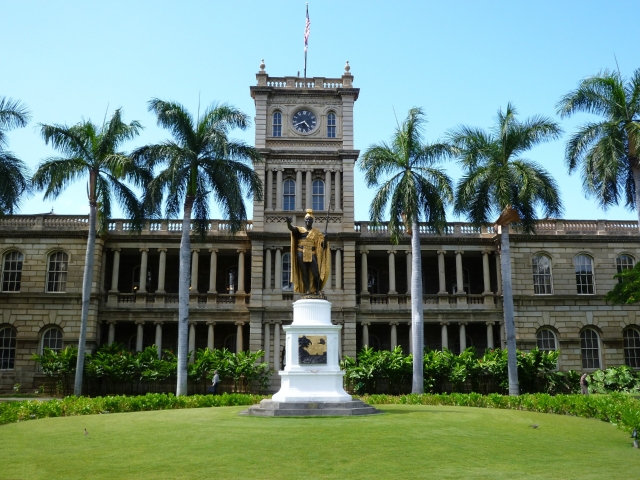
There are two King Kamehameha the Great statues, one in Honolulu, one in Washington, and two on the Big Island of Hawaii.
One of the statues of King Kamehameha the Great on the Big Island of Hawaii is located in Kapaau, near the northern tip of the island.
It is the earliest statue of the Great King.
The other is located in Hilo City, surrounded by Wailoa State Park.
This is the most recent statue of King Kamehameha the Great, installed in 1997, and stands 4.27 meters tall.
The statue of the Great King for Kapaau, made in Paris, France, was lost while being transported by ship to Honolulu and sank into the sea with the ship.
The second statue ordered there, Kamehameha the Great, will arrive first and be installed in Honolulu.
Later, the statue of the Great King for Kapaau, which had sunk into the sea, was raised and installed in 1912, thus shifting the order of its creation and erection.
On the other hand, the statue of King Kamehameha the Great in Hilo was created to revitalize the town.
The statue was originally owned by the Prince Corporation of Kauai, which had plans to erect it on Kauai.
However, Kauai was not conquered by King Kamehameha the Great, and that is how it was built in Hilo.
Each statue holds its right hand raised and a spear in its left.
This is said to symbolize prosperity in the right hand and peace in the left.
And only the statue of King Kamehameha the Great in Hilo has a Western look to its face.
From Kona International Airport, take the Hawaii Belt Road to the northern tip of the island on Circuit Road 270.
It is located in Kapaau, a town along Zhou Road, and takes about an hour by car.
Statue of King Kamehameha the Great in Hilo
Address] Kamehameha Statue Hilo HI 96720 United States
It is located off Kamehameha Avenue on Bishop Street.
Liliuokalani Park
Liliuokalani Park, located on the Waiakea Peninsula in Hilo Bay, covers some 120,000 square meters.
The garden became a Japanese garden in part because of the large number of Japanese American laborers working on sugarcane plantation farms on the Big Island of Hawaii at that time.
Liliuokalani Park has the largest area of any Japanese garden overseas, and is a very Japanese garden with a red drum bridge, torii gate, stone lanterns, pavilions, garden stones, tea houses, and pine and azalea trees.
The tea ceremony room "Matsunami-an" was donated by the 15th Iemoto of Urasenke, and tea ceremony classes are still held there.
The stone lantern was donated by Japan in 1968 to commemorate the 100th anniversary of the first Japanese immigrants to Hawaii Island.
The Japanese Garden, thus creating a uniquely Japanese landscape, is one of a series of stamps called "American Landmarks" in 2017.
It is located in Hilo City, next to Nani Loa Golf Course, off Kamehameha Avenue towards the ocean on Lihiwai Street.
Waipio Valley

Waipio Valley is also known as the "Valley of the Kings" because it is a sacred place where King Kamehameha the Great lived as a child.
In ancient Hawaii, Waipio Valley was not only historically valuable, but also an important political and religious center.
Waipio Valley itself is a very beautiful and dynamic landscape.
Also, because of its proximity to the sea and the abundance of fish and other seafood, the community was centered on royalty.
There is also an observation deck in the canyon, allowing visitors to appreciate the canyon from various angles.
And since the observatory is located along the ocean, it offers a view of not only the valley but also the Hawaiian Sea.
Also sacred are the twin waterfalls at the end of the canyon, Hiirave and Hakarave Falls, which have a height difference of 400 meters.
Waipio Valley tours include horseback riding tours where you can explore the valley on horseback.
This is a tour that is hard to experience in Japan, so please consider it.
If you are coming from the Lua Kona area of Kona International Airport, take State Route 190 (Hawaii Belt Road) to Waimea, then turn onto Route 19 and continue onto Route 240 at Honokaa.
It takes about 2 hours.
Recommended Tours
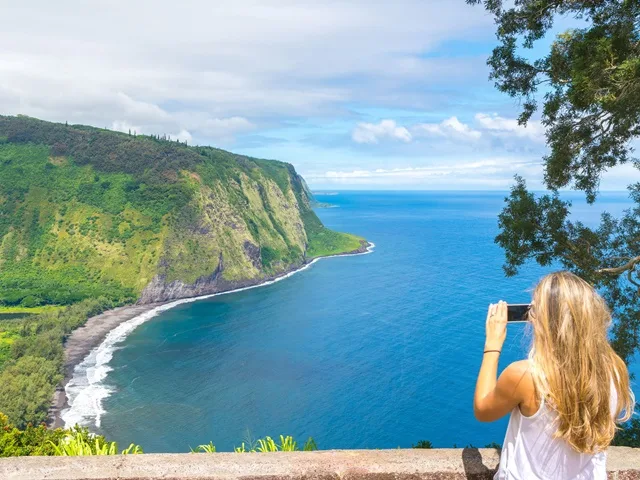
Here are three recommended tours that will give you a glimpse into the history and culture of the Big Island of Hawaii.
Hawaii Island Spiritual Tours
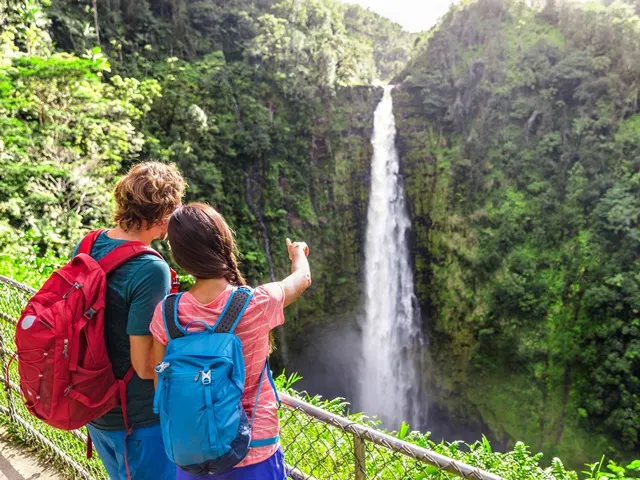
Sacred places are everywhere on the Big Island of Hawaii.
Come experience not only the beaches and activities, but also the history and spirituality of the Big Island of Hawaii.
This tour takes you to South Point, Black Sand Beach, Kilauea Volcano, the town of Hilo, Akaka Falls, and Waipio Valley.
Mauna Kea with a certified Kilauea National Park guide
World Heritage Kilauea & full day sightseeing on the island & star gazing on Mauna Kea
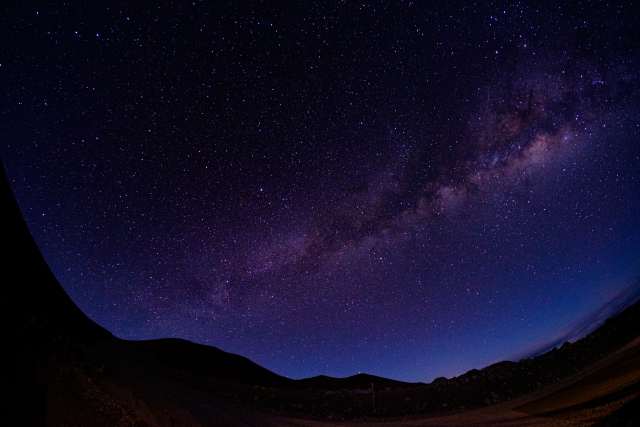
This tour will take you to the sights of the Big Island of Hawaii, and at night to Mauna Kea National Park for stargazing.
During the day, tour Rainbow Falls and Hilo's King Kamehameha the Great statue, and enjoy cookies and ice cream from the popular Big Island Candies.
In the evening, at an altitude of around 2000 meters at the base of Mauna Kea, we will watch through an astronomical telescope while listening to a lecture using a laser pen.
Waipio Valley Horseback Riding Tour
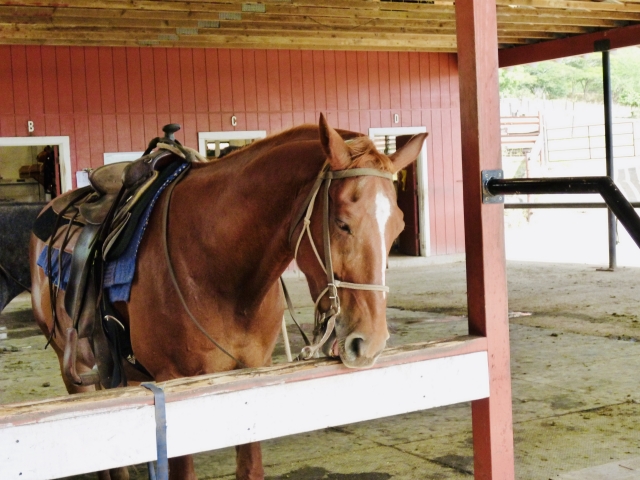
Enjoy the mystical nature of Waipio Valley while riding a horse. Tour guides and instruction on horseback riding are provided in Japanese, so you can rest assured that you are in good hands.
We will drive to the canyon and ride horses for about 2 hours around the sights.
On the way back, you will stop at a shopping center so you can buy some souvenirs.
summary
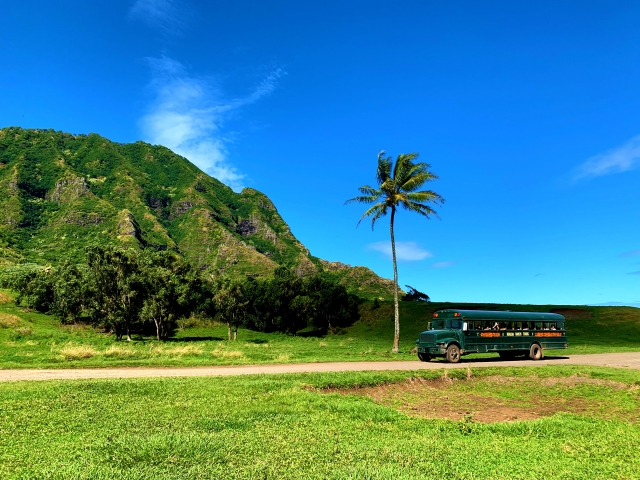
This time, we took a slightly different angle and focused on the history and culture of the Big Island of Hawaii, represented by the Puuhonua o Honaunau National Historical Park.
We invite you to experience the Big Island of Hawaii, which is more than just relaxing on the beach and shopping at duty-free stores.
Thank you for taking the time to read this to the end.

